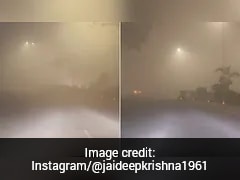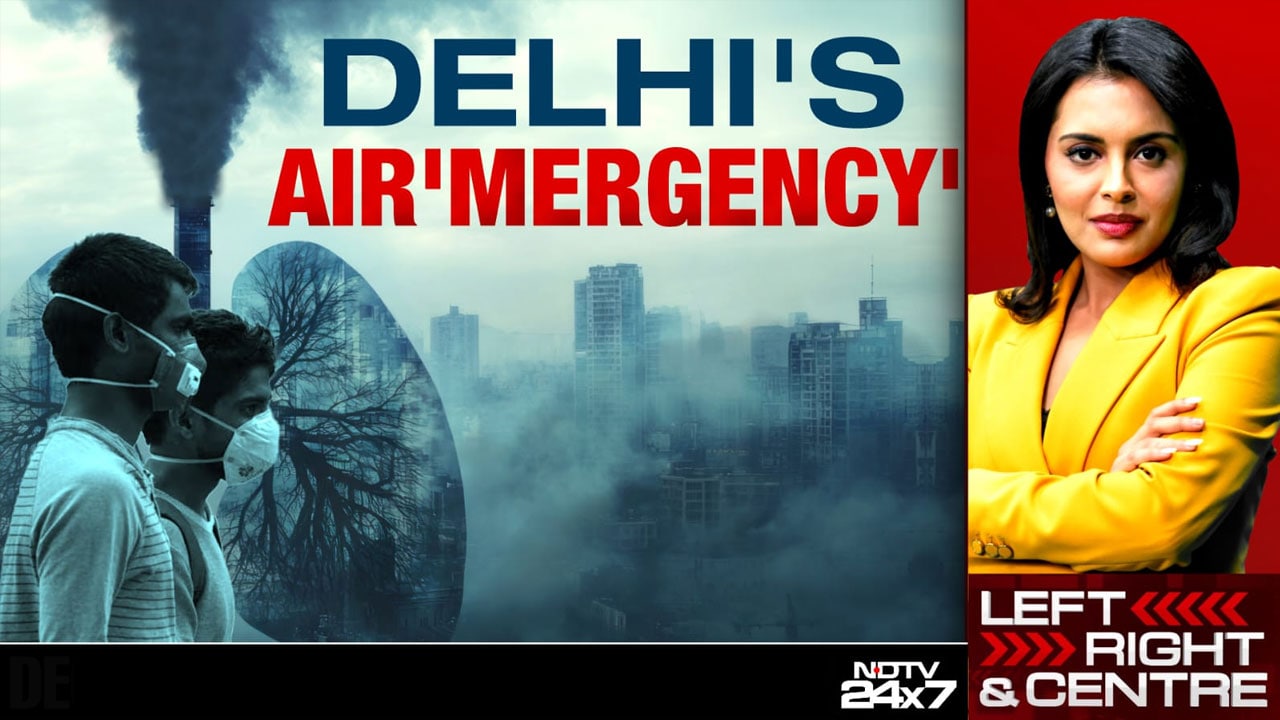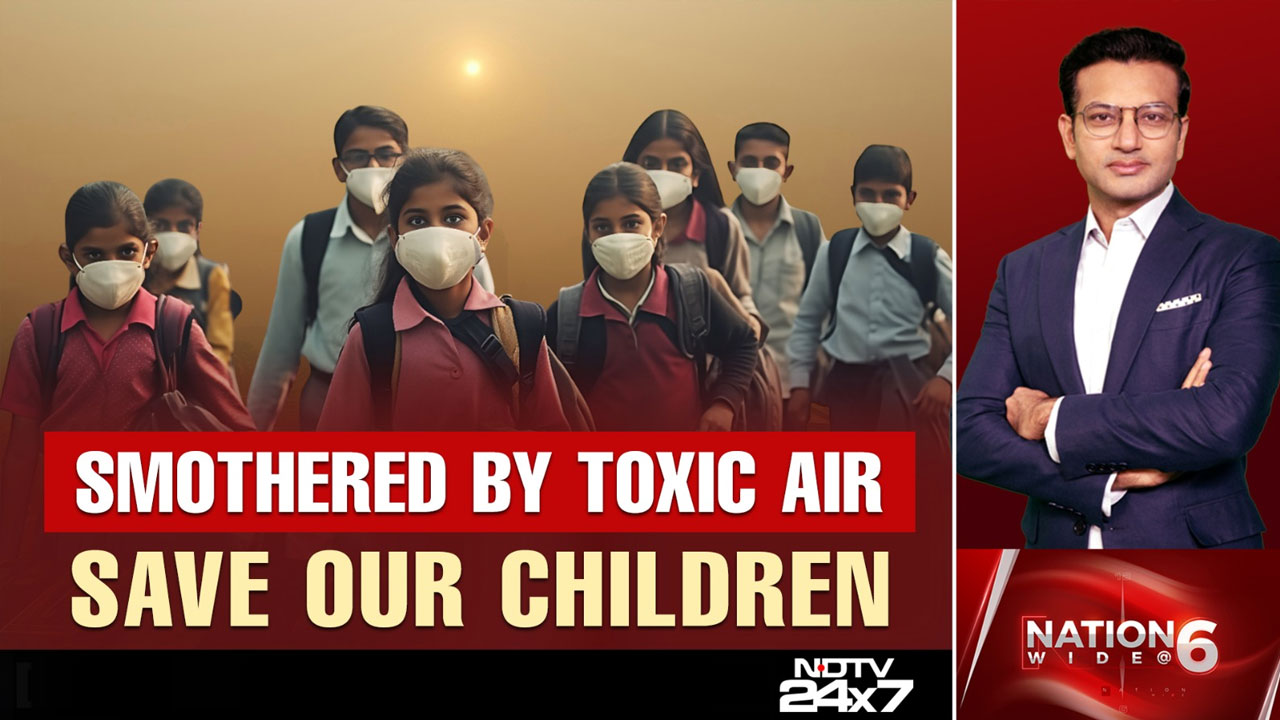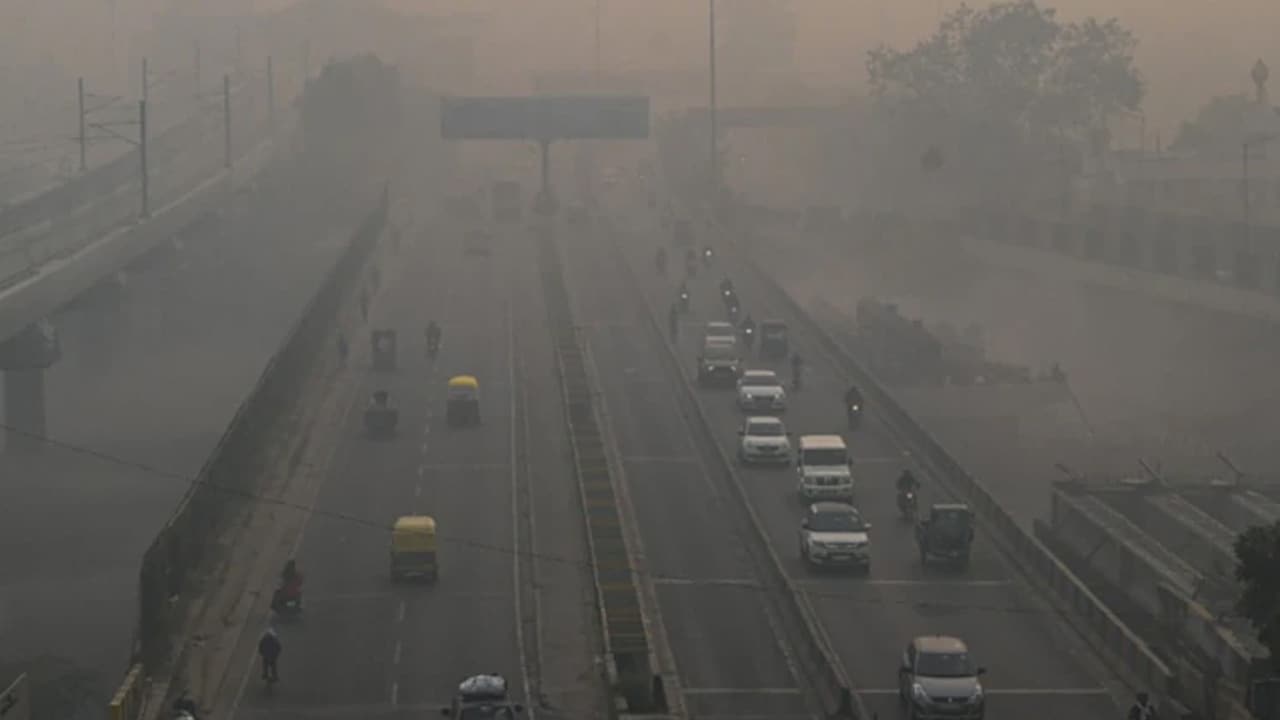- Home/
- India's Air Quality Far Short Of United Nations' Standards: Official
India's Air Quality Far Short Of United Nations' Standards: Official

India's air quality is far short of WHO standards and more than 40 per cent of its population still relies on biomass fuels, leading to deaths every year, an official from the United Nations body has said.
In an exclusive interview with PTI Videos, Dr Maria Neira, Director of the Department of Environment, Climate Change and Health at WHO, urged the Indian authorities to scale up existing programmes, particularly those aimed at reducing household air pollution caused by the use of biomass fuels for cooking.
"We need to consider programmes like providing access to LPG and subsidies, but of course, the effort has to be not only maintained but probably scaled up," Neira told PTI.
"As per a think tank report, 41 per cent of Indian households still rely on biomass fuel, resulting in more mortality and morbidity. We would like to call on the Indian government to accelerate and scale up the leadership that they have shown when they put programmes in place to combat household pollution, because it has shown good results when implemented," she said.
The World Health Organization official said it would be ideal to immediately transition to cleaner energy and renewable non-pollutants, but with fairness at the centre of the policy.
"We recognise that there has to be a fair transition, particularly for those most vulnerable who are currently using polluting sources. That transition through better sources of energy will include access to LPG, biogas, ethanol, they can ensure transition while protecting the health of the people," she said.
Neira said air pollution is a major contributor to noncommunicable diseases, or NCDs, which would be the subject of a resolution at the upcoming United Nations General Assembly in September.
"We need to make sure that the NCDs community understands that by tackling air pollution, we are contributing enormously to reducing the burden of NCDs," she told PTI.
Asked about the gap between air quality standards, Neira referred to recent findings published in The Lancet Planetary Health, noting that poor air quality was not limited to Delhi but all regions across the country.
"There's a study which shows that we always focus on New Delhi when it comes to pollution, but I'm afraid it's almost all of India where WHO standards on AQI are not implemented," she said. "One thing is to distance slightly from WHO standards, and another is to go really far beyond them. Air pollution is a public health issue in India, and it needs more political engagement to accelerate the actions already in place."
The official stressed that the country has the resources, innovation and technology to combat pollution. "We have a lot of hope that India can change the situation completely and even set an example for other countries." Talking about WHO's Green Page that helps pediatricians track environmental risks in children's health, Neira highlighted their efforts to educate and train health professionals on recognising and addressing environmental health risks.
She said that a central part of the initiative is the use of the Green Page - a tool that helps pediatricians and other doctors track environmental exposures in children's health records.
"We want medical professionals to understand what air pollution represents as a health risk and how to promote interventions. The Green Page allows pediatricians to go beyond prescribing medicine, it helps them investigate the environmental causes of respiratory and other conditions. This tool is part of a broader training package we are promoting globally," the Director of the Department of Environment, Climate Change and Health at WHO said.
Neira also termed as powerful the grassroots movements, like the mothers' groups that advocate for better air quality. "Many of these movements started in remote areas. Through the Breathe Life campaign, we are trying to create a network, bringing all of them together and making sure that they increase their power." Asked about the commitments made by around 50 countries and cities during the recent WHO conference, Neira said the WHO has established mechanisms to monitor the commitments.
"We want to work with UN agencies where needed, looking at how to monitor the commitments by sector, and then, of course, through Breathe Life, C40, and other mechanisms, we aim to monitor at the city level," she said.
The Breathe Life campaign is a global initiative, led by the WHO and the Climate and Clean Air Coalition (CCAC), to raise awareness about the harmful effects of air pollution and mobilise communities to take action for cleaner air.
(Except for the headline, this story has not been edited by NDTV staff and is published from a syndicated feed.)
also read
Watch: Delhi Woman Living In Bengaluru Says She Wants To Move Parents Out Of "This Gas Chamber"
Edited by Srishti Singh SisodiaVideos Show "Dangerous" Situation In Delhi NCR As It Chokes Under Dense Smog
Edited by Srishti Singh SisodiaToxic Winter: Delhi's AQI Breaches 460, NCR Cities Gasp For Air
Reported by Ankita Tiwari
Latest Stories
- Edited by Srishti Singh Sisodia | Monday December 15, 2025
Delhi's air quality has been a major concern, with the city's Air Quality Index (AQI) worsening to the 'severe plus' category.
- Written by Toshita Sahni | Monday December 15, 2025
A UK traveller's video about running into a visibility problem when visiting the famous Taj Mahal in Agra has resonated with many. The post is also viral at a time when North India is facing serious air pollution concerns.
- Edited by Srishti Singh Sisodia | Monday December 15, 2025
The severe air quality poses significant health risks, particularly for children and the elderly.
- Reported by Ankita Tiwari | Monday December 15, 2025 , New Delhi
A thick toxic haze blanketed Delhi today morning, reducing visibility and disrupting flights and train schedules as the capital battled hazardous air quality.
- Monday December 15, 2025 , New Delhi
Students from nursery to Class 5 will have to study in virtual mode compulsorily due to rising air pollution, the Delhi government said today.
................................ Advertisement ................................
Latest Videos
Opinion
Blog | Well Done, Delhi. You've Turned Lung Sacrifice Into A Badge Of HonourSaikat Kumar Bose
Monday November 10, 2025Till some years back, Delhiites would ask angry questions to those in power about the capitals annual tryst with toxic air. This has changed. Those in the driving seat dont see the need to answer now.
Opinion | Why Indians Have Just Given Up On Air Pollution CrisisTanushree Ganguly
Friday December 20, 2024While some may argue that people in Delhi are now more aware of air pollution than they were a decade back, my rebuttal would be that awareness does not mean that people are concerned.
Opinion | You Must Outrage Over Filthy Air More Than Once A YearJyoti Pande Lavakare
Tuesday December 10, 2024Delhi welcomed us with monsoon rains and mangos. We were home. Fast forward a couple of years, in the winter of 2012, I found myself in denial about something other parents, mostly expats, were calling toxic air.
Opinion | Delhi's Air Pollution Situation Is Like A Bad MarriageNishtha Gautam
Friday November 22, 2024On a good day, such as today, the AQI reading in Delhi is 407. We are jubilant at the sickly sunshine trickling through the slightly dissipated smog. At least its not 1600.
दिवाली... पराली... सियासी जुगाली!Ashwini kumar
Monday November 18, 2024दिल्ली-एनसीआर में प्रदूषण का समाधान तो आज तक मिला नहीं. हर साल चिंतित होकर हम-आप सांसों की तकलीफ के साथ-साथ दिल और ब्लड प्रेशर के मरीज भी क्यों बनें?


















